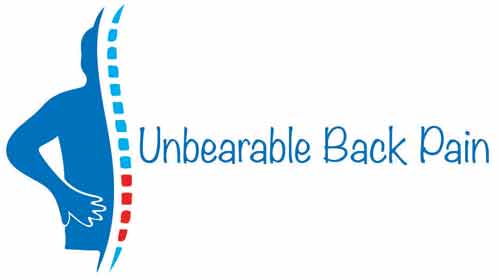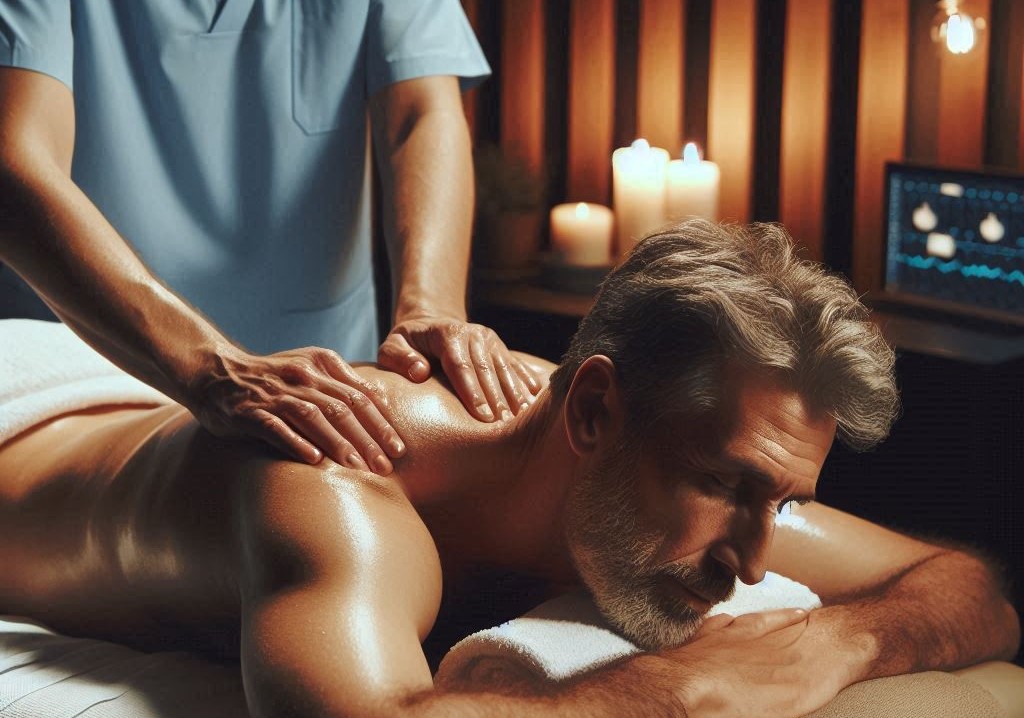
Lower back pain, often called lumbago, is a common condition affecting millions of people worldwide. It can vary from a dull, constant ache to a sudden, sharp pain that makes movement difficult. Lower back pain can be acute, lasting a few days to a few weeks, or chronic, persisting for more than three months. According to the World Health Organization, up to 80% of adults experience lower back pain at some point in their lives, making it one of the most common reasons for missed work and visits to the doctor. Lower back pain can result from various factors, including:
- Muscle or ligament strain: Lifting heavy objects improperly, sudden movements, or awkward twisting can strain the muscles and ligaments in the lower back.
- Herniated or ruptured discs: Discs act as cushions between the vertebrae. If a disc bulges or ruptures, it can press on a nerve, causing pain.
- Arthritis: Osteoarthritis can affect the lower back, leading to pain and stiffness.
- Skeletal irregularities: Conditions such as scoliosis, and a curvature of the spine, can cause lower back pain.
- Osteoporosis: A condition that makes bones weak and brittle, which can lead to fractures in the spine and resulting pain.
Will Massage Therapy Help?
Massage therapy involves the manipulation of the body’s soft tissues, including muscles, tendons, and ligaments, to alleviate pain, reduce stress, and promote relaxation. As a complementary and alternative medicine practice, massage therapy offers a non-invasive approach to managing lower back pain. It has been shown to improve blood circulation, decrease muscle tension, and enhance overall well-being. There are a variety of treatments available including:
Swedish Massage
Swedish massage is characterized by long, gliding strokes, kneading, and circular movements. It is gentle and aims to relax muscles and improve circulation. This technique is particularly beneficial for individuals experiencing mild lower back pain or those seeking overall relaxation.
Deep Tissue Massage
Deep tissue massage focuses on the deeper layers of muscles and connective tissue. It uses slow, forceful strokes to target chronic muscle tension and knots. This technique is ideal for individuals with severe or chronic lower back pain, as it helps release deep-seated tension and alleviate pain.
Trigger Point Therapy
Trigger point therapy involves applying pressure to specific points in the muscles that are painful or tender, known as trigger points. By releasing tension in these areas, this technique can significantly reduce lower back pain and improve mobility.
Shiatsu Massage
Shiatsu massage is a Japanese technique that uses finger pressure on specific points along the body’s energy pathways, or meridians. It aims to balance energy flow and alleviate pain. Shiatsu can be effective for individuals experiencing lower back pain caused by stress and muscle tension.

Health organizations, including the American College of Physicians and the National Center for Complementary and Integrative Health, recognize massage therapy as a viable treatment option for lower back pain. These organizations endorse massage therapy, especially for individuals seeking non-pharmacological treatments. They emphasize that when performed by a qualified therapist, massage therapy can be an effective part of a comprehensive lower back pain management plan.
Massage therapy can significantly alleviate lower back pain by reducing muscle tension, enhancing blood flow, and promoting the release of endorphins—natural painkillers produced by the body. Improved circulation helps nourish muscles and tissues, accelerating the healing process. Additionally, massage therapy can enhance flexibility and range of motion, making daily activities easier and less painful.
Stress is a known contributor to lower back pain, often causing muscle tension and exacerbating pain symptoms. Massage therapy promotes relaxation by lowering cortisol levels, the body’s primary stress hormone. This stress reduction can lead to decreased muscle tension, less pain, and improved overall well-being. Regular massage sessions can help manage stress levels, contributing to long-term back health.
Numerous studies support the effectiveness of massage therapy for lower back pain relief. Research published in the journal “Pain Medicine” found that massage therapy significantly reduced chronic lower back pain compared to conventional treatments. Another study in the “Annals of Internal Medicine” concluded that massage therapy provided better short-term relief of chronic lower back pain than other therapies such as acupuncture and physical therapy.
Many patients report significant improvements in lower back pain and quality of life following massage therapy. Testimonials often highlight the reduction in pain, increased mobility, and enhanced emotional well-being. Personal experiences underscore the benefits of incorporating massage therapy into a regular health regimen, particularly for those with chronic conditions.
Make Massage Part Of Your Health Program
Massage therapy should be considered part of a holistic approach to back health, which may also include physical therapy, exercise, proper nutrition, and stress management techniques. A comprehensive plan addresses both the physical and emotional aspects of lower back pain, providing a more effective and sustainable solution for long-term relief.
While massage therapy offers numerous benefits, it is not a cure-all. It may not be effective for all types of lower back pain, particularly those caused by serious underlying conditions such as fractures or infections. It is important to have a thorough medical evaluation to determine the most appropriate treatment plan.

Although generally safe, massage therapy can have potential risks and side effects, including temporary soreness, bruising, and, in rare cases, nerve damage. Individuals with certain medical conditions, such as osteoporosis, blood clots, or severe thrombocytopenia, should consult a healthcare provider before undergoing massage therapy.
The effectiveness of massage therapy can be influenced by various factors, including the therapist’s skill and experience, the specific technique used, and the patient’s condition and preferences. Consistency and frequency of sessions also play a crucial role in achieving optimal results.
Selecting a qualified and certified massage therapist is essential for safety and effectiveness. Look for therapists with proper certification from accredited institutions. Personal recommendations and reviews can also provide valuable insights into a therapist’s competence and professionalism.
Massage therapy offers a beneficial approach to managing lower back pain, providing relief from discomfort, enhancing mobility, and reducing stress. While it has its limitations and potential risks, when integrated into a holistic back health strategy, it can significantly improve quality of life. By understanding the benefits and considerations of massage therapy, individuals can make informed decisions about incorporating this treatment into their lower back pain management plan.
Thank you for exploring our discussion on “Lower Back Pain and Massage Therapy.” Incorporating massage into your routine can be a valuable step toward alleviating discomfort and enhancing overall well-being.
To further support your journey to relief, consider the Back Massager with Heat, Shiatsu Back and Neck Massager, which has received a commendable customer rating of 4.4 out of 5 stars. This device offers several notable features:
- Upgraded Heated Back Massager with Kneading: Designed with an ergonomic square pillow shape, it fits your body seamlessly. Equipped with four massage nodes, it delivers a three-dimensional deep-kneading massage complemented by a powerful heating function to help relieve fatigue, soothe soreness, and relax muscles.
- High-Quality Fabric Design: Crafted from breathable, soft-touch, skin-friendly materials, this massager ensures durability and comfort. It includes a multifunctional jacket made of environmentally friendly materials, providing a gentler massage effect and preventing overheating in the heated areas. The removable cover is easy to clean, maintaining hygiene and extending the product’s lifespan.

Investing in this massager can be a cost-effective and convenient addition to your pain management toolkit, offering the benefits of massage therapy in the comfort of your home.
Here’s a little transparency: Our website contains affiliate links. This means we may receive a small commission if you click and purchase. Don’t worry, there’s no extra cost to you. It’s a simple way you can support our mission to bring you quality back relief content.”

